Precise Loading: Optimizing Dosage for Tissue Repair
and Rehabilitative Exercise
Presented by Jim Rivard
12-Month Subscription
Unlimited access to:
- Thousands of CE Courses
- Patient Education
- Home Exercise Program
- And more
This course provides healthcare professionals, including athletic trainers and physical therapists, with evidence-based frameworks to design and implement effective exercise dosing for tissue repair. This course focuses on the physiological principles of tissue healing, the types of muscle contractions, and their impact on rehabilitation outcomes. Participants will learn to integrate advanced mechanotherapy strategies into clinical practice, optimizing recovery through precise loading, recovery management, and tissue-specific interventions. With practical insights for addressing musculoskeletal conditions across various stages of healing, this course equips clinicians with the tools to enhance patient outcomes and athletic performance.
Learning Objectives
- Apply principles of muscle contraction to achieve specific tissue training outcomes
- Determine optimal exercise dosing to facilitate tissue repair and tolerance during rehabilitation
- Organize rehabilitative protocols to account for vascular, biochemical, and mechanical influences on tissue recovery
- Examine how exercise speed and load affect different stages of tissue healing and repair
- Rehab to Resilience: Transforming Sports Therapy Outcomes
- Tissue Repair Training in Rehabilitation and Athletic Performance
- Seven Core Principles of Sports Manual Therapy
- Precise Loading: Optimizing Dosage for Tissue Repair and Rehabilitative Exercise
- Advanced Tissue Training: Lower Extremity Tendon Pathologies
- Patellar and Hamstring Injury: Optimizing Collagen Tissue Health
- Advanced Tissue Training: Upper Extremity Tendon Pathologies
Meet your instructor

Jim Rivard
Jim Rivard received his bachelor of science in physical therapy from the University of Puget Sound in 1988. He then completed four years of postgraduate residency and fellowship training at the Ola Grimsby Institute (OGI) and a chronic pain management certificate program at McGill University. Jim is the founder of MTI…
Chapters & learning objectives

1. Applying Types of Muscle Contraction for Specific Tissue Training Outcomes
This chapter introduces the foundational concepts of exercise dosing, including the principles of concentric, eccentric, and isometric muscle contractions. Participants will explore how to apply these types of work for tissue-specific outcomes, such as hypertrophy, motor control, and pain inhibition. Emphasis is placed on the relationship between exercise dosage and recovery, with practical strategies to optimize rehabilitation protocols.

2. Optimizing Tissue Repair and Tolerance Through Targeted Exercise Design and Dosage
This chapter focuses on tailoring exercise interventions to promote collagen health and address biomechanical and biochemical influences on tissue repair. Topics include venous pump activation, vascular training, and the role of eccentric loading in tendinopathy management. Clinicians will gain actionable strategies to design safe and effective exercises that normalize joint axes and support progressive tissue remodeling.
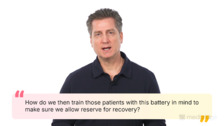
3. Rehabilitation for Muscle: Energy Stores, Reserves, and Recovery
This chapter examines the role of energy systems in tissue repair and muscle recovery, emphasizing the balance between training and energy reserves. Participants will learn to identify and address signs of energy depletion, including relative energy deficiency in sport (RED-S). Strategies for vascular training to resolve ischemia and reduce muscle guarding are discussed, with practical applications for maintaining recovery while advancing rehabilitative exercise.

4. Exercise Prescription for Local Angiogenesis and Vascular Influence
This chapter highlights the role of exercise in promoting angiogenesis and resolving ischemia in injured or guarded muscles. Participants will explore target training zones and dosing parameters to stimulate vascularization and reduce pain. Real-world applications demonstrate how to balance resistance and recovery for enhancing oxygen delivery, capillary formation, and local endurance.

5. Clinical Testing 1RM for Dosing Rehabilitation Exercises
In the final chapter, participants will analyze strategies for calculating and applying repetition maximum (RM) percentages to tailor exercise programs. Using practical testing methods and tools like the Holten curve, clinicians will learn to set precise dosages for resistance and repetitions. This chapter ensures participants can design evidence-based training regimens that align with patient capabilities and recovery goals.
More courses in this series

Rehab to Resilience: Transforming Sports Therapy Outcomes
Jim Rivard

Tissue Repair Training in Rehabilitation and Athletic Performance
Jim Rivard
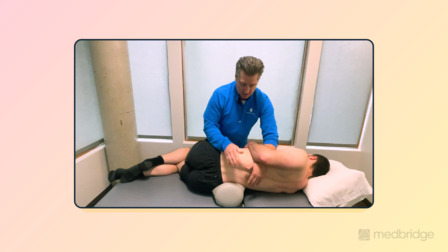
Seven Core Principles of Sports Manual Therapy
Jim Rivard
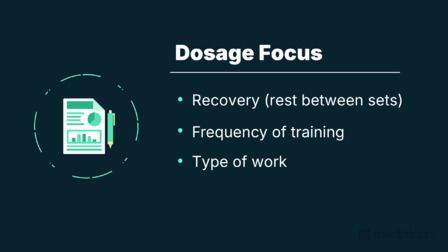
Precise Loading: Optimizing Dosage for Tissue Repair and Rehabilitative Exercise
Jim Rivard

Advanced Tissue Training: Lower Extremity Tendon Pathologies
Jim Rivard
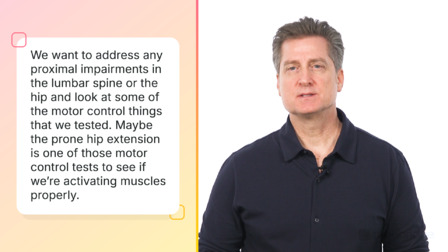
Patellar and Hamstring Injury: Optimizing Collagen Tissue Health
Jim Rivard
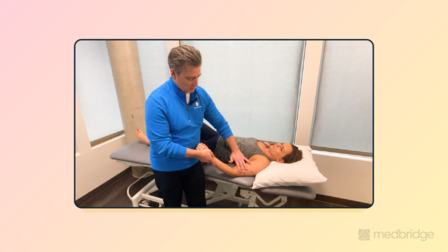
Advanced Tissue Training: Upper Extremity Tendon Pathologies
Jim Rivard